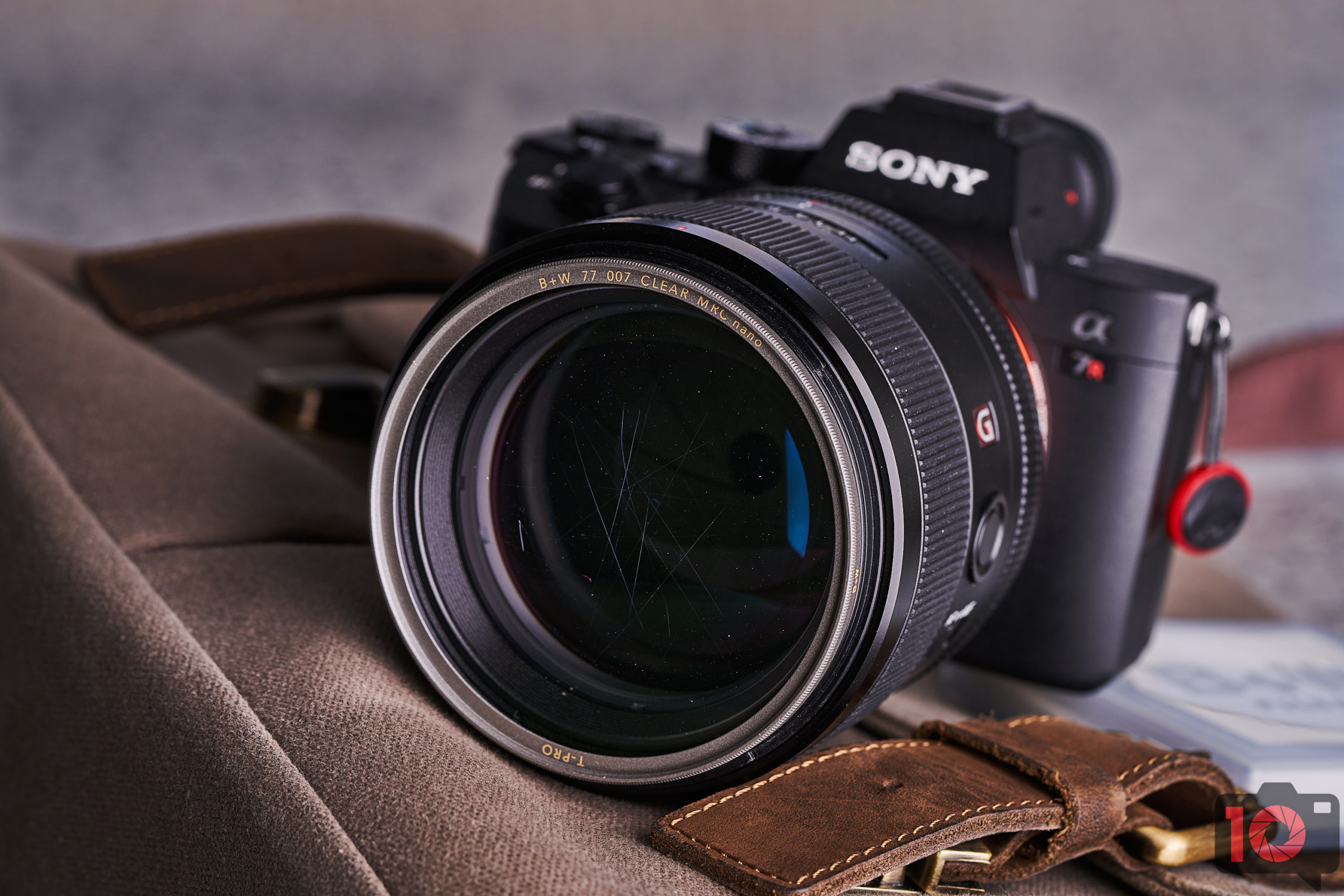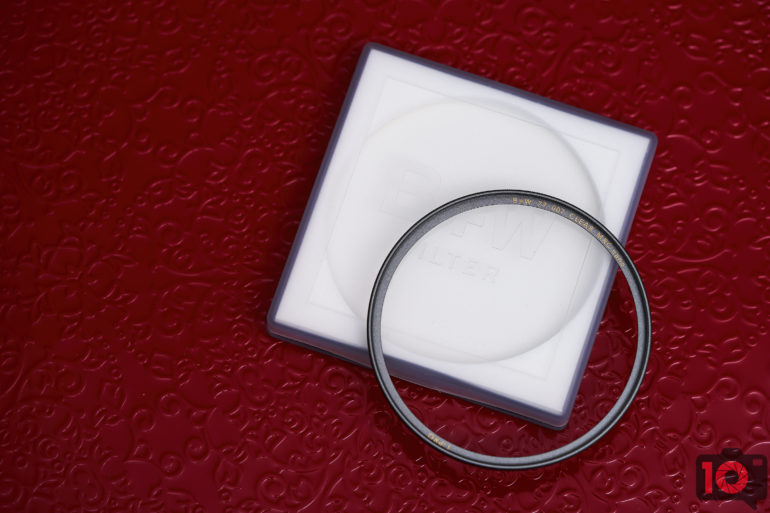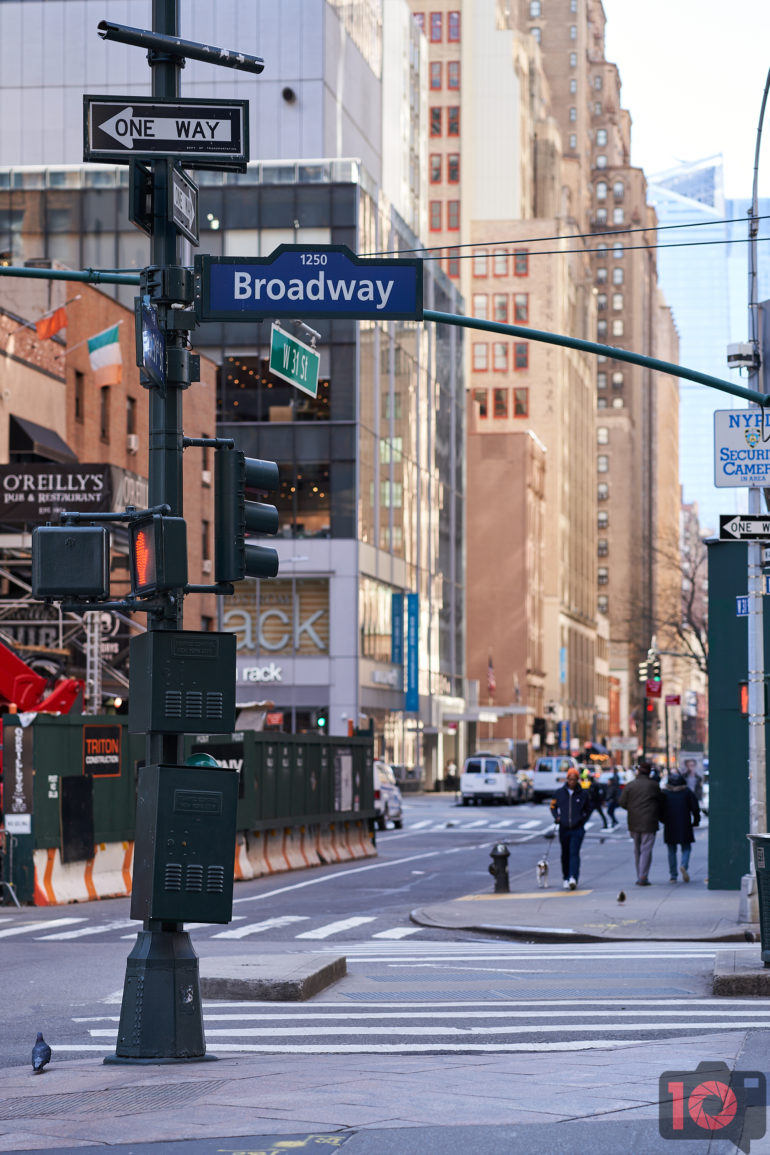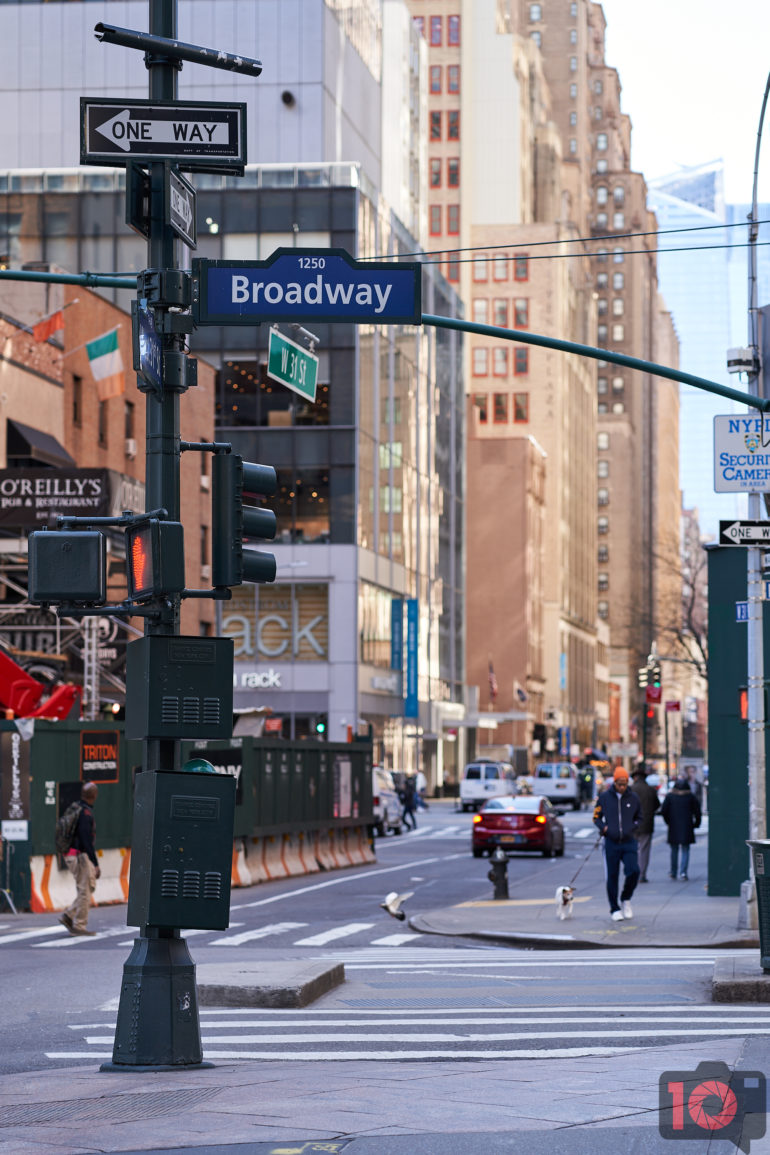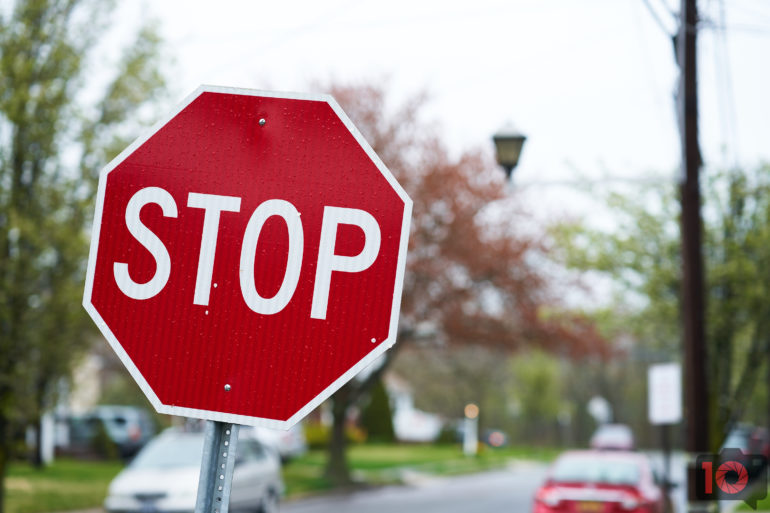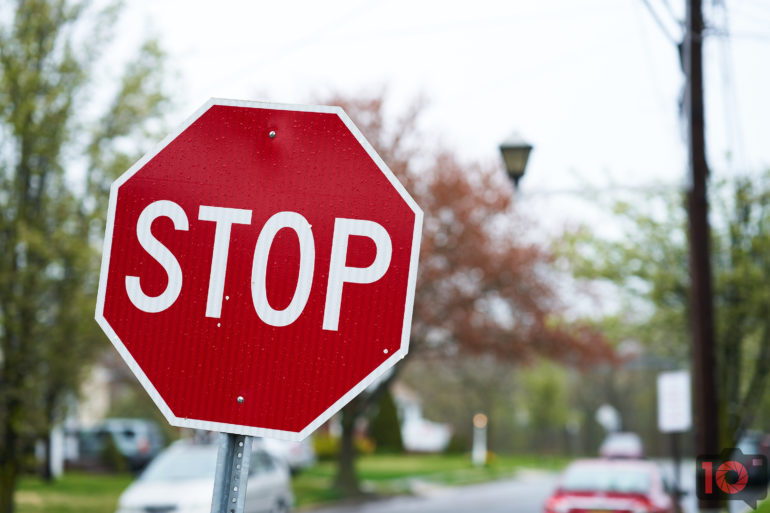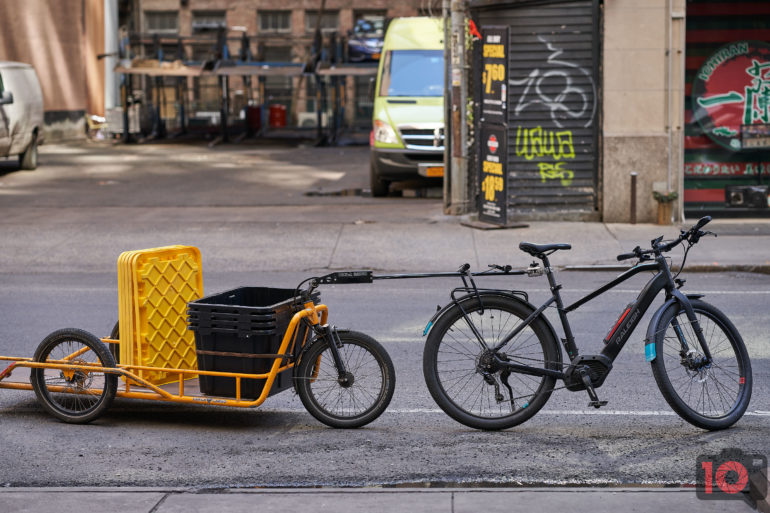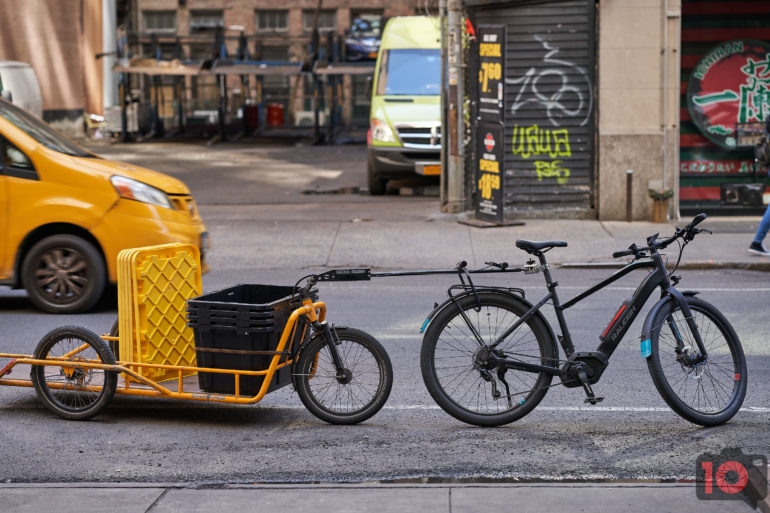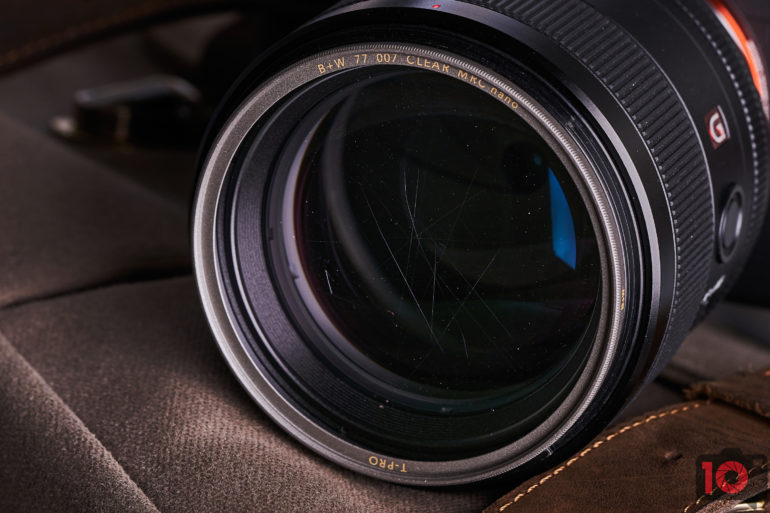Photographers have long debated the effectiveness of a protective lens filter. But what happens when you use one that is already damaged?
At one point, it was common for photographers to slap UV filters on their lenses to reduce haze in their images. While some photographers still swear by UV filters today, they’re primarily used for protection rather than reducing UV transmittance. Today’s digital sensors are significantly less sensitive to ultraviolet light than film emulsions were. As a result, UV haze is much less of an issue when shooting digitally. Nowadays, photographers typically use UV or clear filters as a protective barrier for their front lens elements. Another point of contention is that these so-called protection filters negatively impact image quality. We’ve previously covered situations where UV filters could come in handy, but let’s find out what happens if you were to use a protective filter that’s damaged?
Table of Contents
Do Protective Filters Really Affect Image Quality?
As a starting point, let’s compare the quality of images that we shot with and without using a protective lens filter. The folks at Schneider Kreuznach sent over one of their B+W Titanium Line T-Pro 007 Clear filters for us to test. All images seen within this article were shot using the Sony A7R IV paired with the 85mm f1.4 G Master lens. The Alter Rapid Filter System was used to attach the B+W filter to the Sony 85mm f1.4 G Master, which lets us attach and remove the filter quickly. These images below were processed using Capture One 20.0.4 Pro, and none have been retouched.
Editor’s Note: Before we go on, know that we got to keep the B+W Filter. Rather than doing a straight review of a filter, we decided to have some fun with it!
Scenario 1
Scenario 2
Scenario 3
Scenario 4
We purposefully didn’t label the images within each of the four scenarios above. The image quality is practically identical regardless of whether the filter was applied or not. Can you tell the difference between the images? We honestly doubt it.
Are Scratched Up Filters Still Useful?
Having concluded that a protective lens filter’s effect on image quality is negligible, let’s address the question we had posited: What happens if you were to use a filter that’s already damaged? Let’s take a look at some more images, shot once again using the Sony A7R IV paired with the 85mm f1.4 G Master lens.
The Damaged Filter: Test 1 at f1.4, ISO 100 1/60th

Shot sans protective lens filter at f1.4, 1/60s, ISO 100 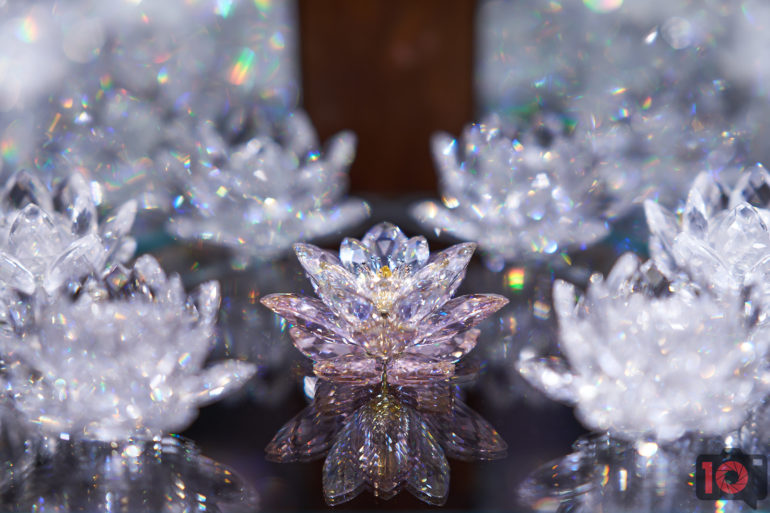
Shot with damaged protective lens filter at f1.4, 1/60s, ISO 100
Things look practically identical once again in the above scenario regardless of whether or not the damaged lens filter was applied. What happens if we were to stop down a bit?
The Damaged Filter: Test 1 at f8, ISO 100 0.5s
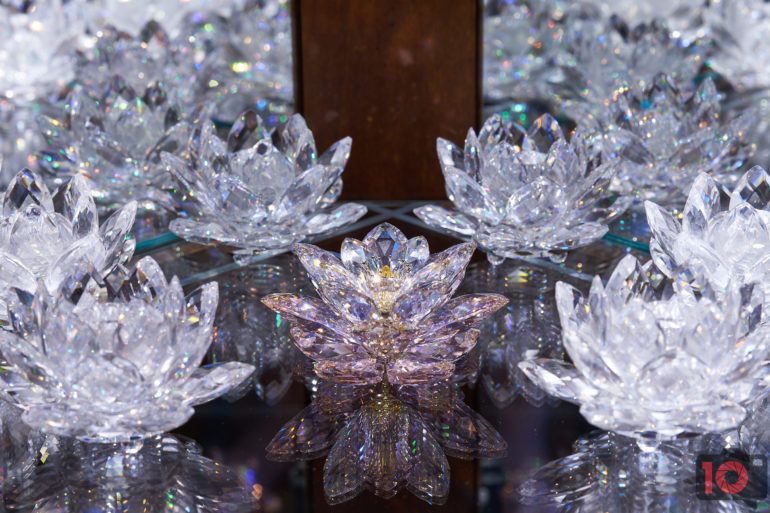
Shot sans protective lens filter at f8, 0.5s, ISO 100 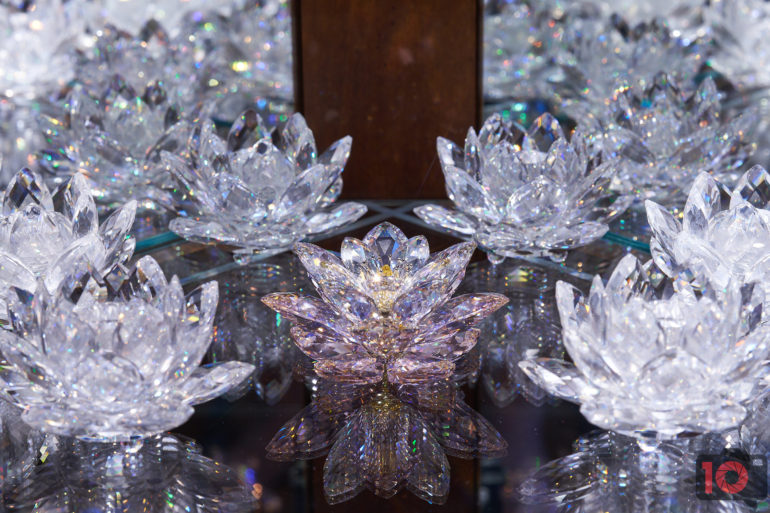
Shot with damaged protective lens filter at f8, 0.5s, ISO 100
If you look closely, you can see some artifacts appearing in the frame that was shot with the damaged protective lens filter applied. That’s because the scratches on the protective lens filter refract the light passing through the lens. The light source in these last two scenarios was coming from the top. What happens if we were to shoot directly at the light source?
The Damaged Filter at a Light Source: F1.4, 1/60th, ISO 100
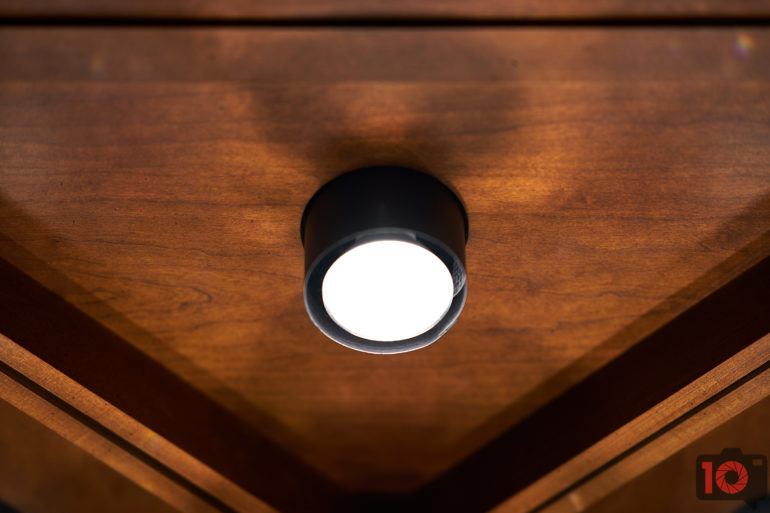
Shot sans protective lens filter at f1.4, 1/60s, ISO 100 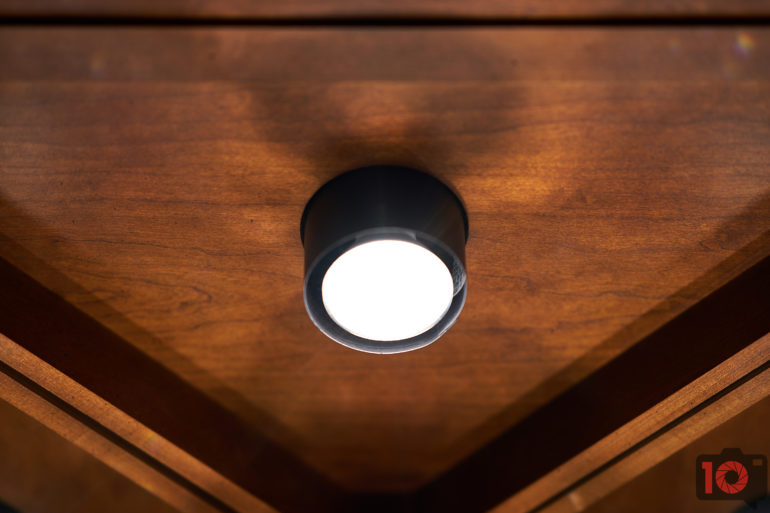
Shot with damaged protective lens filter at f1.4, 1/60s, ISO 100
Look closely at the center of both frames here. You can clearly see some flaring in the image with the damaged filter applied. When shooting directly into a light source, the scratches on the lens filter become more susceptible to catching and refracting light as it passes through the lens.
The Damaged Filter at a Light Source: F8, 0.5s, ISO 100
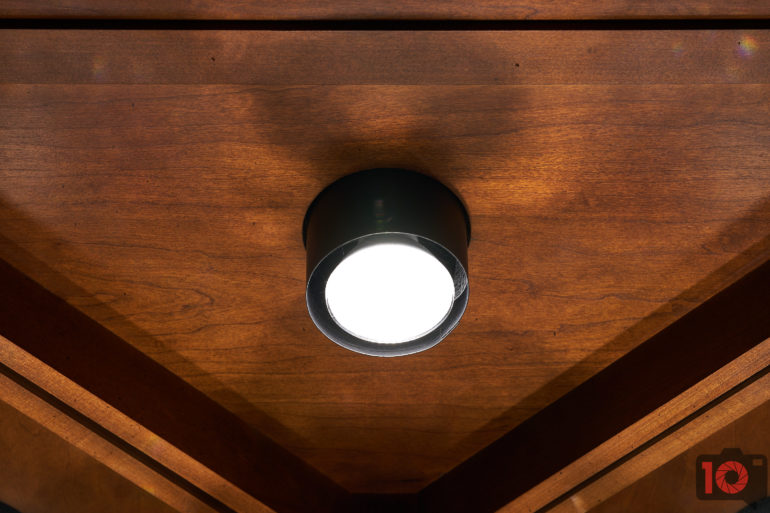
Shot sans protective lens filter at f8, 0.5s, ISO 100 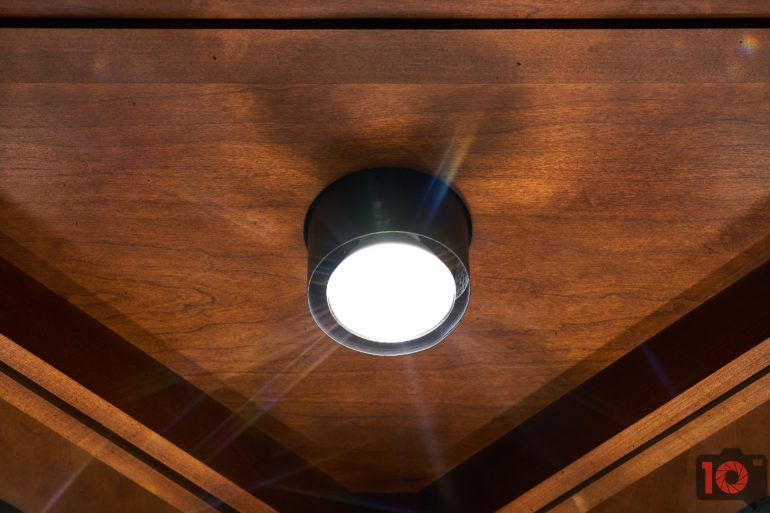
Shot with damaged protective lens filter at f8, 0.5s, ISO 100
When stopping things down to f8, the effects of the damaged lens filter become even more pronounced. In fact, the flares appear almost intentional. It’s almost like J.J. Abrams shot these images.
Conclusion(s)
So, can damaged protective lens filters still serve a purpose? Possibly. It all comes down to how you shoot and the scenarios you’re shooting in. You’re not likely to notice any effects in your images when using a damaged filter if you’re the type of photographer who tends to shoot wide open. If you are shooting into a light source, you may notice some flaring if the scratches on your filter catch the light at the right angle. Even then, the shallow depth of field you’re shooting in will render them barely noticeable.
On the other hand, the effects resulting from a damaged lens filter become much more pronounced when you’re shooting in scenarios that require you to stop down. This is particularly apparent when shooting directly into light sources as demonstrated in the above images. This doesn’t necessarily mean that damaged filters are destined for the scrap heap though. It all depends on your shooting style and the lighting conditions. As you can see with the last sample image, you can actually use a damaged filter to introduce some interesting, unpredictable, creative in-camera effects to your images. Think of it like shooting through prisms or with accessories like the Lensbaby OMNI Creative Filter System. The principles are the same: you’re introducing a modifier to augment how light passes through your lens. Remember this the next time you accidentally damage one of your protective lens filters. Instead of tossing it into the bin, you may have a new creative tool in your hands. And either way, we recommend using a lens hood too. They add protection to your lenses for sure.


